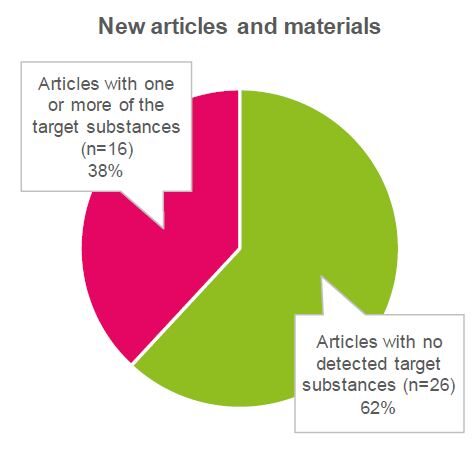What is “sort out” and why is it important?
As problems related to hazardous substances have been identified, regulations and market development has in many cases changed the composition of articles so that new products contain less hazardous substances than old ones. This is for example the case for furniture where old flame retardants that were shown to be hazardous to both health and the environment were replaced by other substances, thought to be less hazardous. For toys, an EU directive from 2013 introduced regulations more strict and extensive than the ones that were in place before.
When this is the case for articles that have a long expected life time it may be best to sort out the old articles and replace them. Many municipalities in Sweden have started doing this in pre-schools, because small children have been shown to be more sensitive to the hazardous substances present in these articles.
In the NonHazCity project a total of 42 newly purchased items and 112 old articles and materials from preschools in Stockholm were analysed. New and old toys, hobby materials, mattresses and furniture from preschools were analysed for a selection of hazardous substances including phthalates, flame retardants, chlorinated paraffins and formamide. The study showed that 87% of old and 38% of new articles and materials contained detectable levels above the limit of quantification (LOQ) of any target substance.



